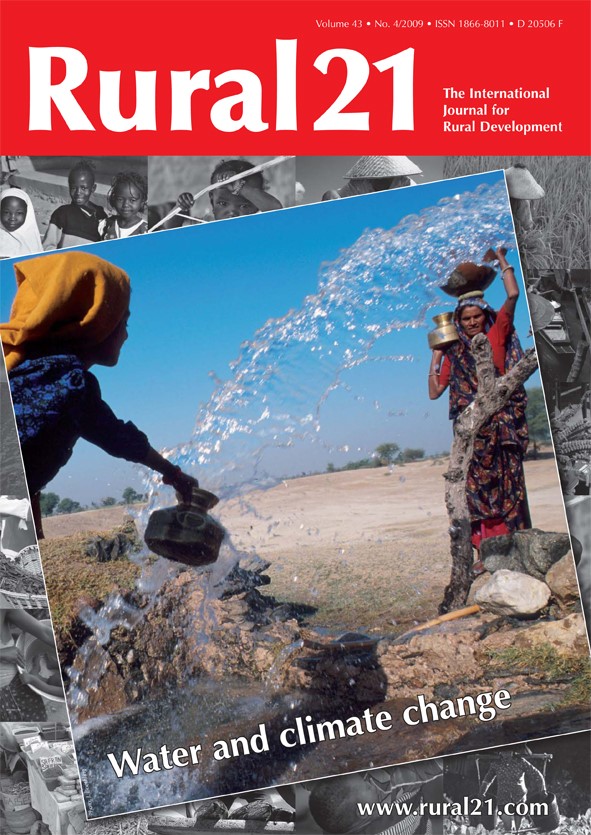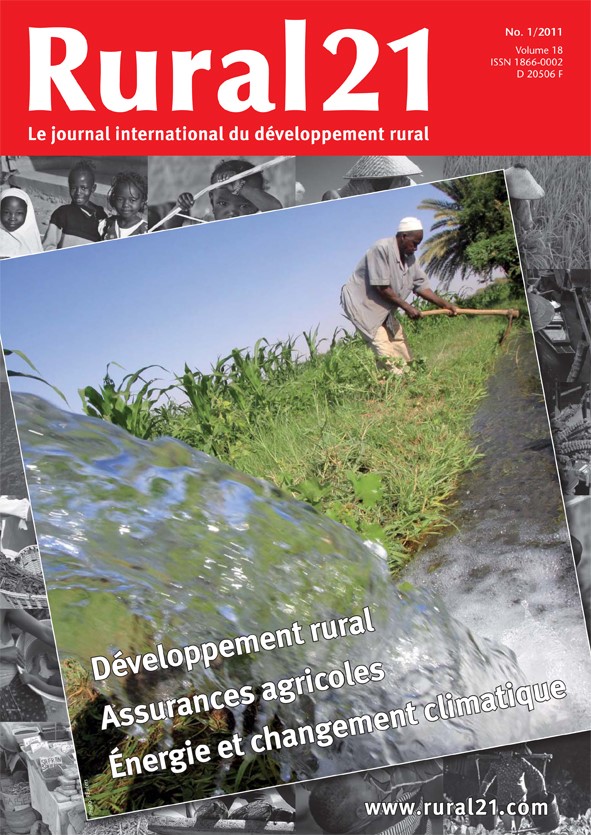Impact of climate change on the Nile river basin
The River Nile provides an invaluable source of livelihoods to over 160 million of people who dwell in its valley. The river valley is renowned for being a cradle of civilisation. As the populations grew and civilisation evolved, the demand for more water resources took a toll in the region. The more recent visible climate change effects have further compounded water management in the basin. Water and food security in the region is under threat, hence the need for robust transboundary water management. An effective institutional arrangement is a key factor in facilitating this process.




